34 bodies found in Indonesian quake quagmire
Sun 07 Oct 2018, 11:11:17
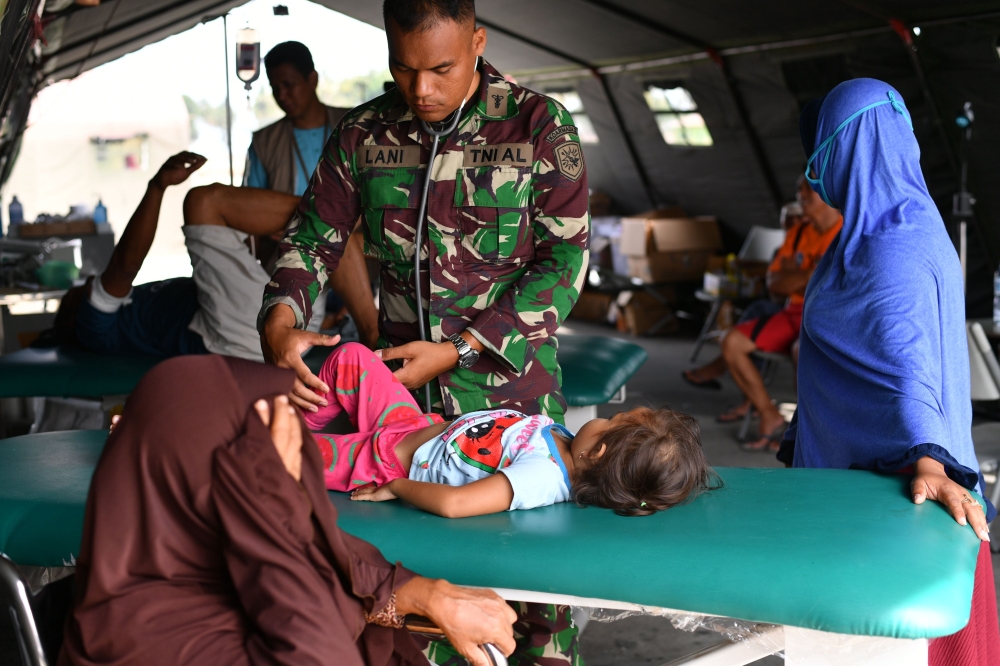
More than a week after a major earthquake hit the west coast of Indonesia’s Sulawesi island, rescuers workers were focusing on Saturday on what looks sure to be a long, difficult search for bodies, many buried in appalling morasses of debris and mud.
President Joko Widodo has said all of the victims of the 7.5 magnitude earthquake and tsunami that struck on Sept. 28 must be found.
The official death toll from the quake and the tsunami it triggered has risen to 1,649, but will certainly increase.
Most of the dead have been found in the region’s main urban center, the small city of Palu. Figures for more remote areas, some just re-connected to the outside world by road, are trickling in.
No one knows how many people were dragged to their deaths when the quake triggered soil liquefaction, a phenomenon that turns the ground into a roiling quagmire. Communities in the south of Palu were particularly hard hit.
The national disaster agency says 1,700 homes in one neighborhood alone were swallowed up. Many hundreds of people are now entombed in slowly drying mud churned with heaps of debris and vehicles.
In the Balaroa neighborhood of Palu, rescuers found 34 bodies on Saturday, and laid them out in a row of blue and orange bags, among them 10-year-old Dede Aulianisa.
Her parents recognized her from the clothes she was wearing when the quake struck.
“I’m certain it’s her. She was wearing the exact
scout uniform, with a sweater with the words ‘Geng 97’,” her father, Anwar, who like many Indonesian goes by only one name, told Reuters.
scout uniform, with a sweater with the words ‘Geng 97’,” her father, Anwar, who like many Indonesian goes by only one name, told Reuters.
“When the land split, she happened to be on the side that collapsed,” he said. “She was such a happy child. Very intelligent. Her teachers loved her and she had many friends.”
The most intact structure in the area was a battered two-story house, pitched over at nearly 45 degrees with one side buried and a blue vehicle in the car port.
In the Petobo neighborhood nearby, a team of French rescue experts began hunting through an expanse of debris, looking for hands, feet or any body parts of victims sticking out of the mud.
Arnaud Allibert and four other members of the group Pompiers Humanitaires Francais were the first rescuers to venture into that area.
The team will scour the debris and find and retrieve bodies at the surface, to clear the way for excavators to dig deeper.
“If we see body parts sticking out, we’re going to dig to get the body out ... It’s a long-term job, but after that, they’ll come with the heavy machinery,” Allibert told Reuters.
Allibert said it would take a long time to find all the bodies.
“It might take 4 to 5 months to remove all the soil, and that’s with the excavators,” he said. “The excavators can’t take huge amounts of soil because there are bodies underneath, you have to scrape the earth carefully.”
No Comments For This Post, Be first to write a Comment.
Most viewed from International
Most viewed from World
AIMIM News
Latest Urdu News
Most Viewed
May 26, 2020
Can Lionel Messi's visit boost Indian football?
Latest Videos View All
Like Us
Home
About Us
Advertise With Us
All Polls
Epaper Archives
Privacy Policy
Contact Us
Download Etemaad App
© 2025 Etemaad Daily News, All Rights Reserved.

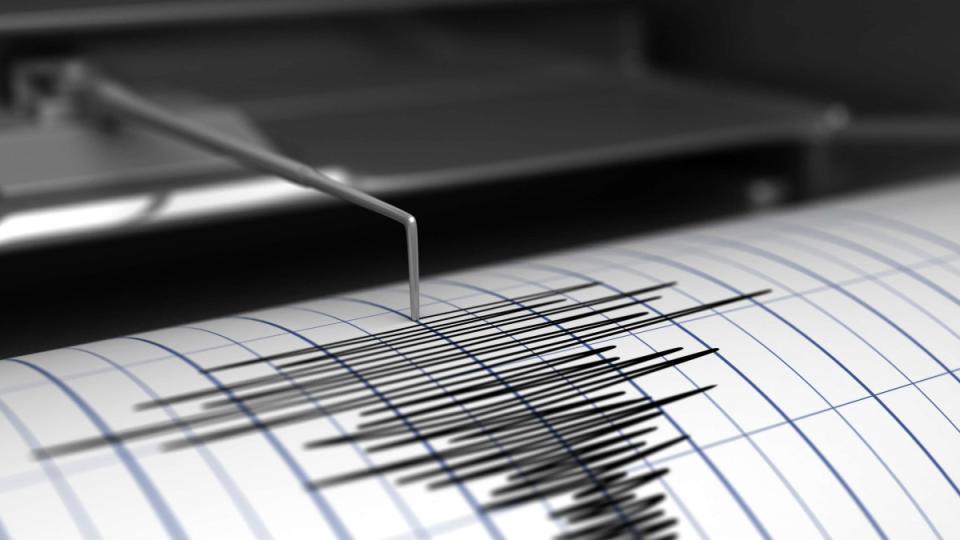
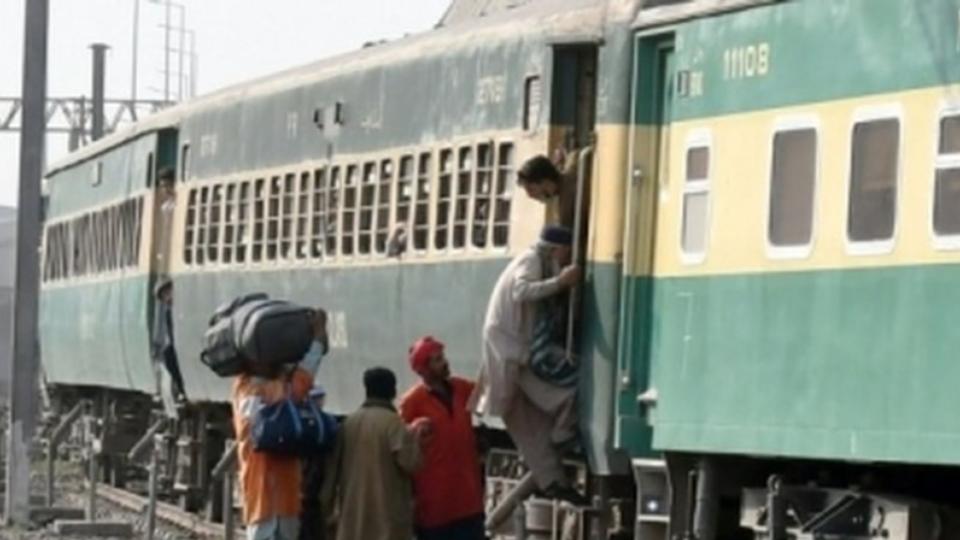
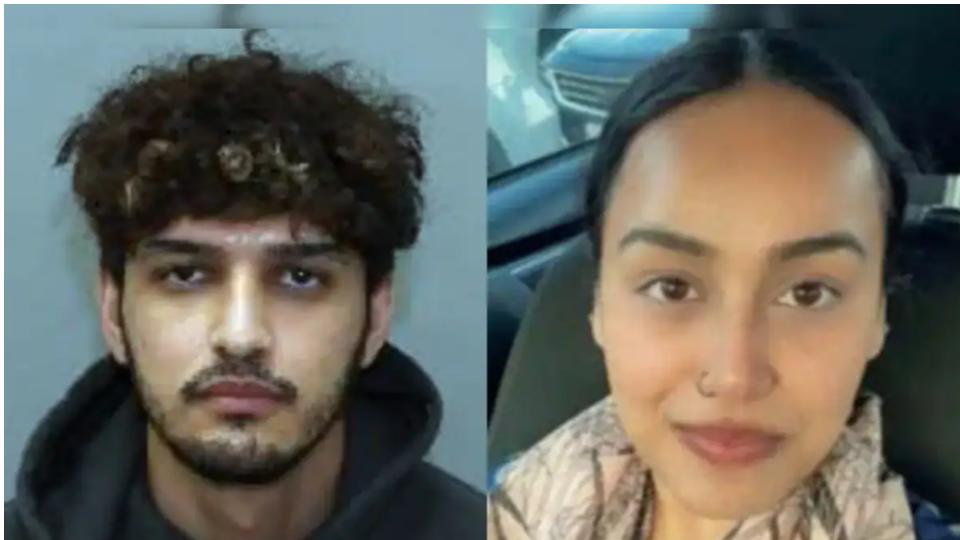
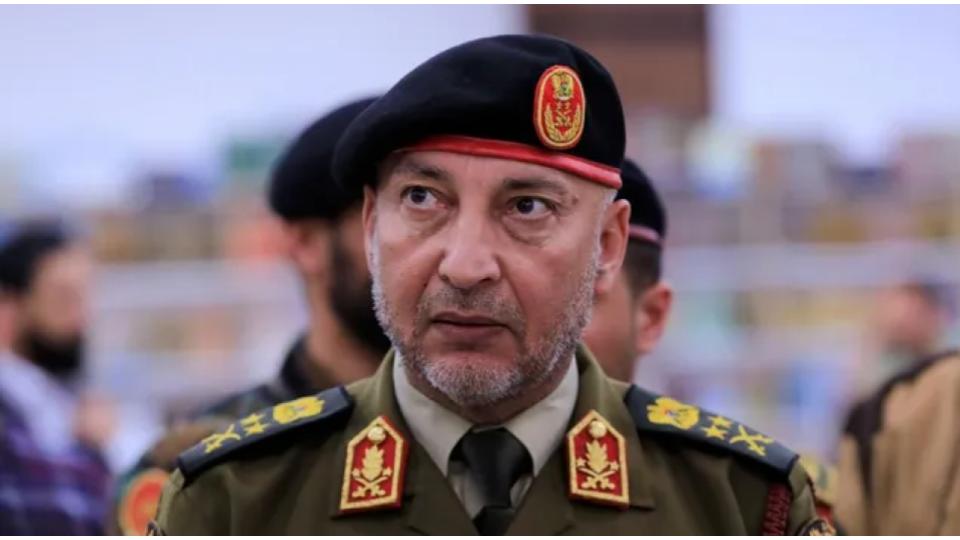




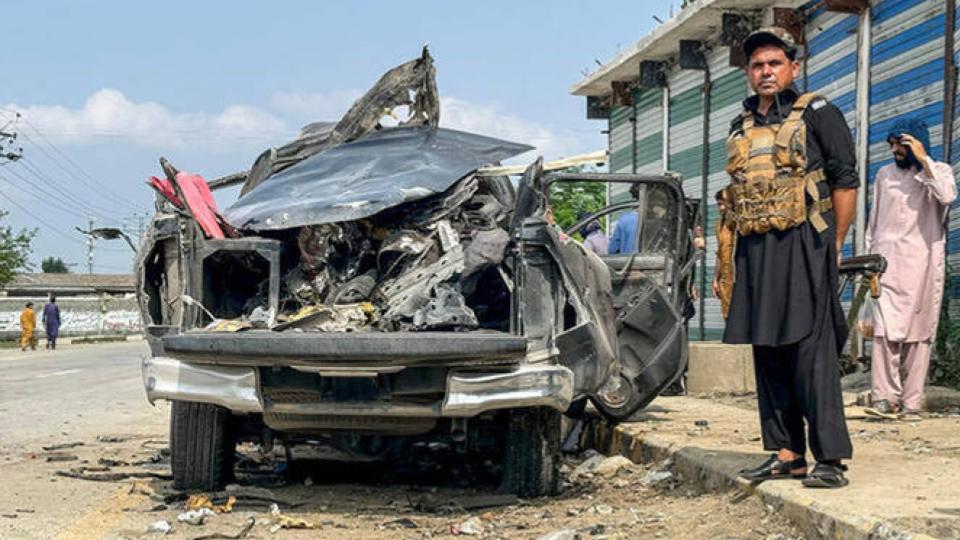


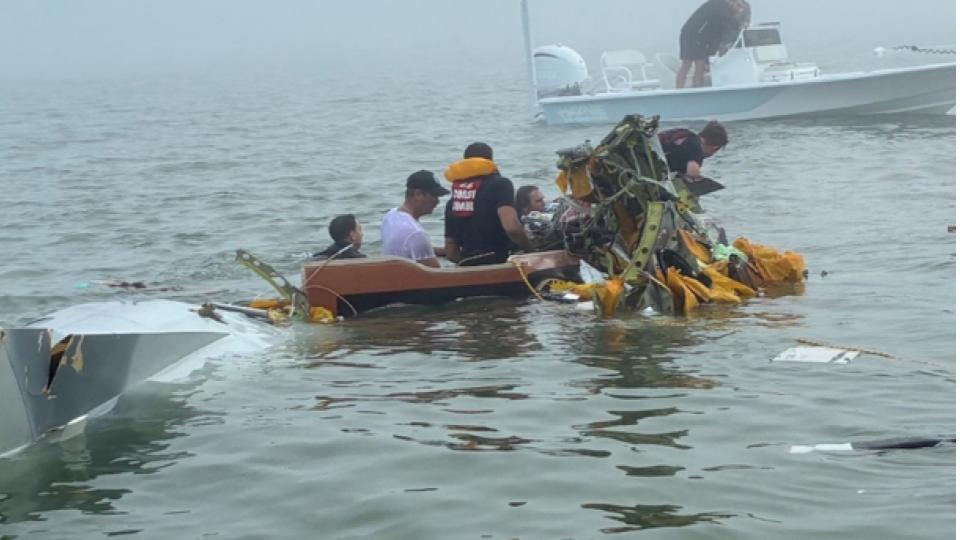
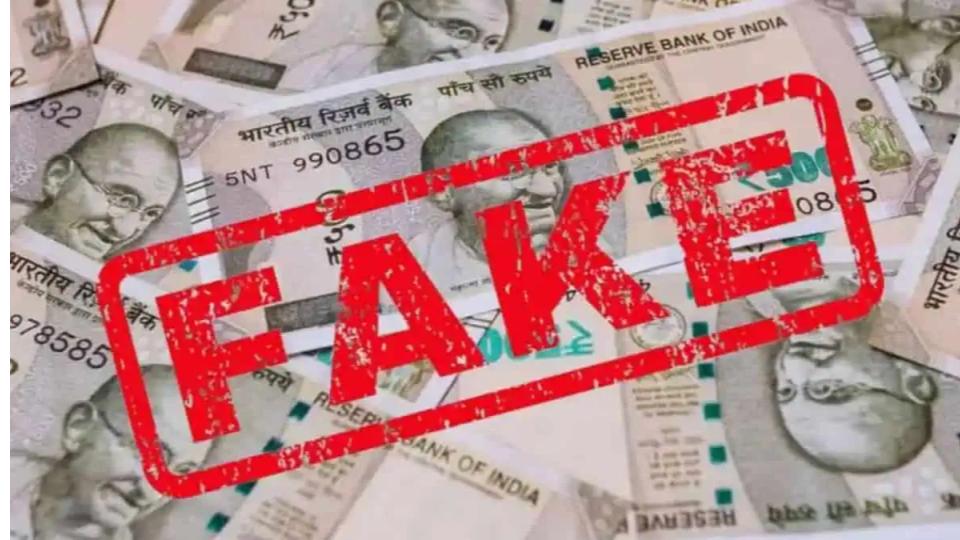
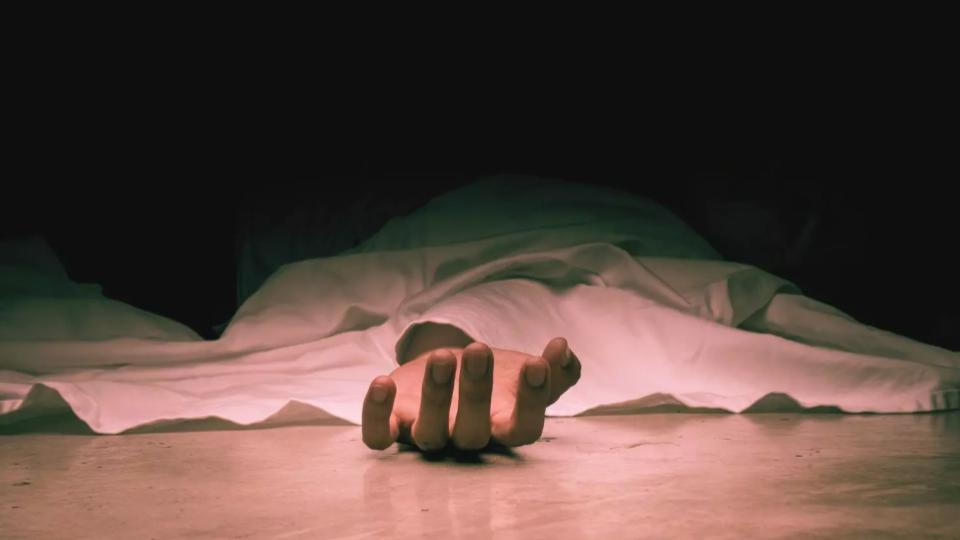
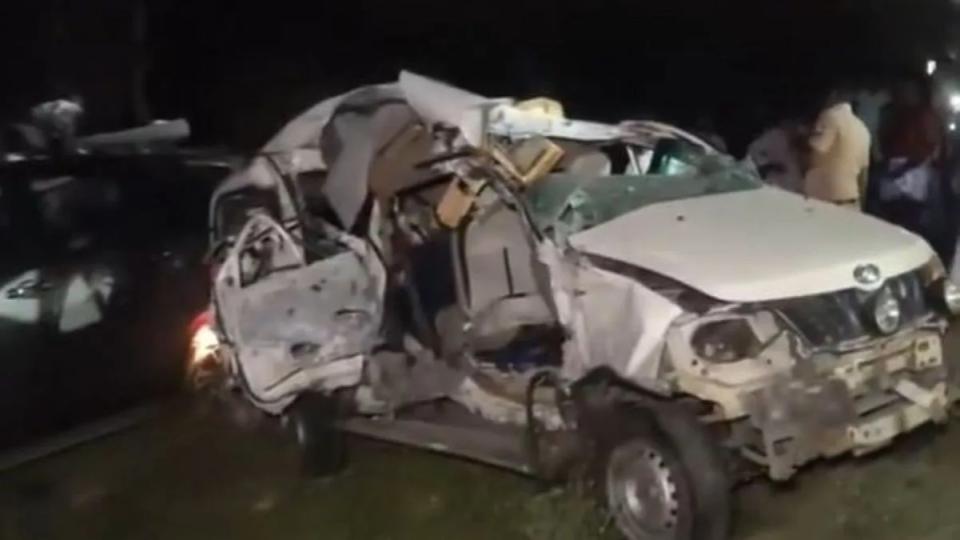
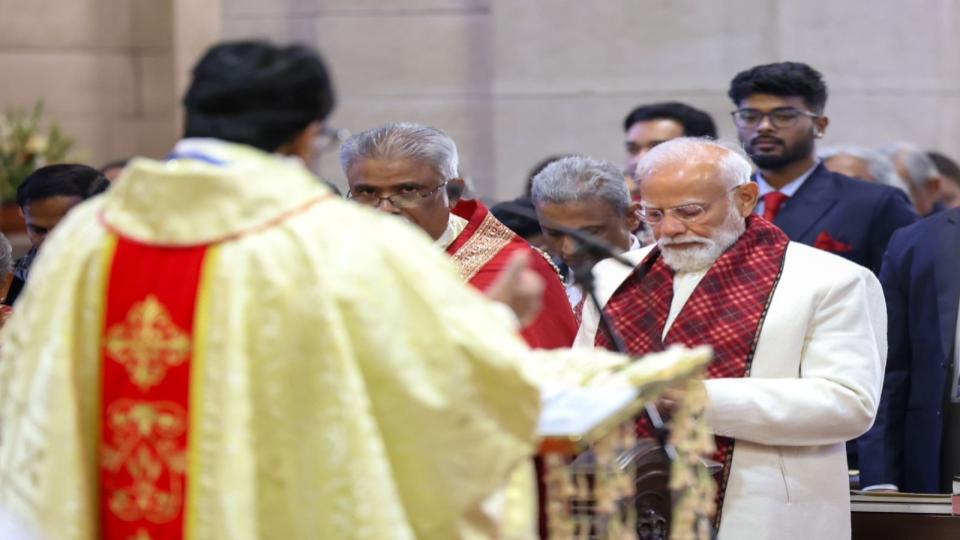
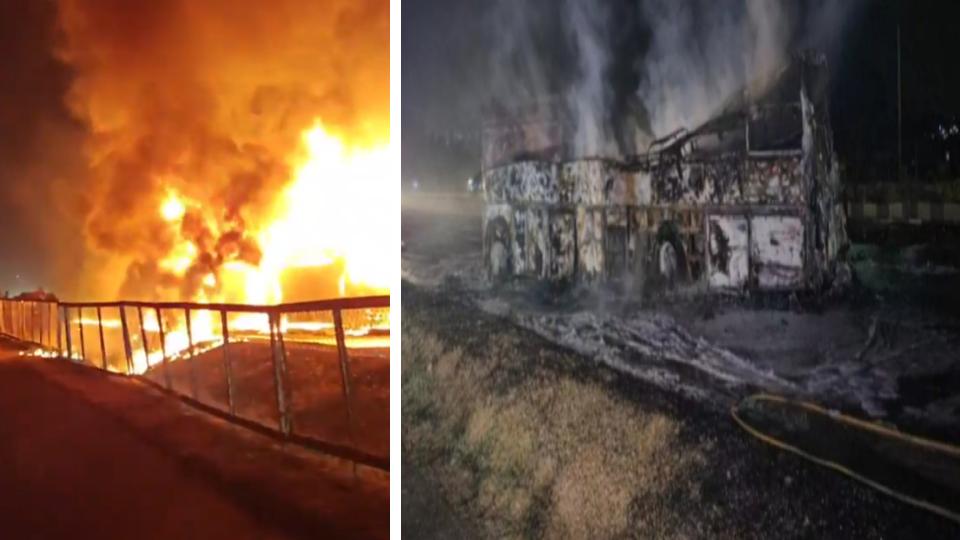
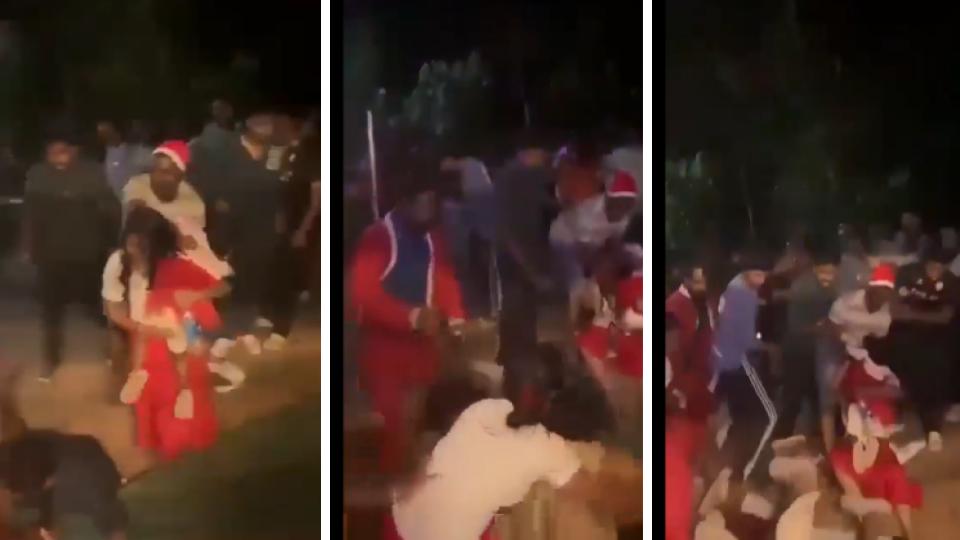
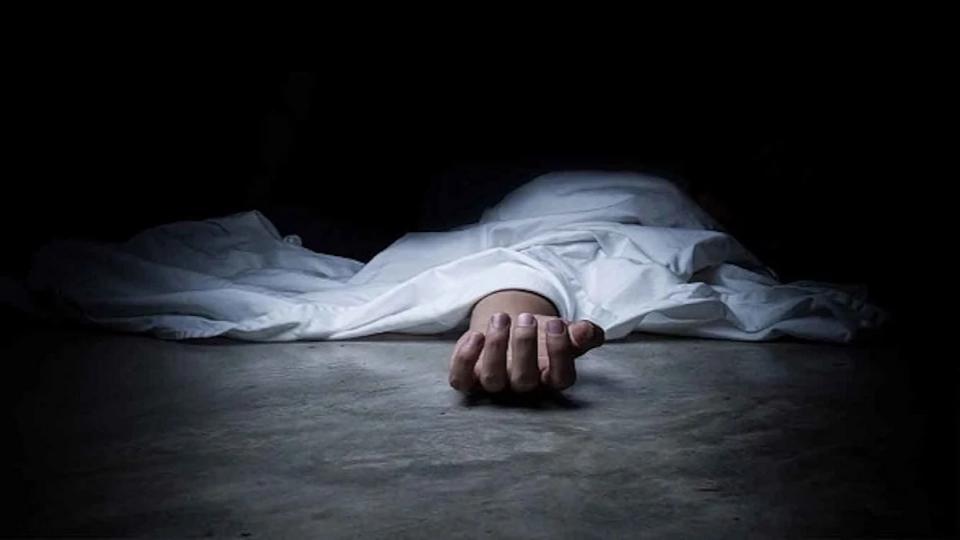
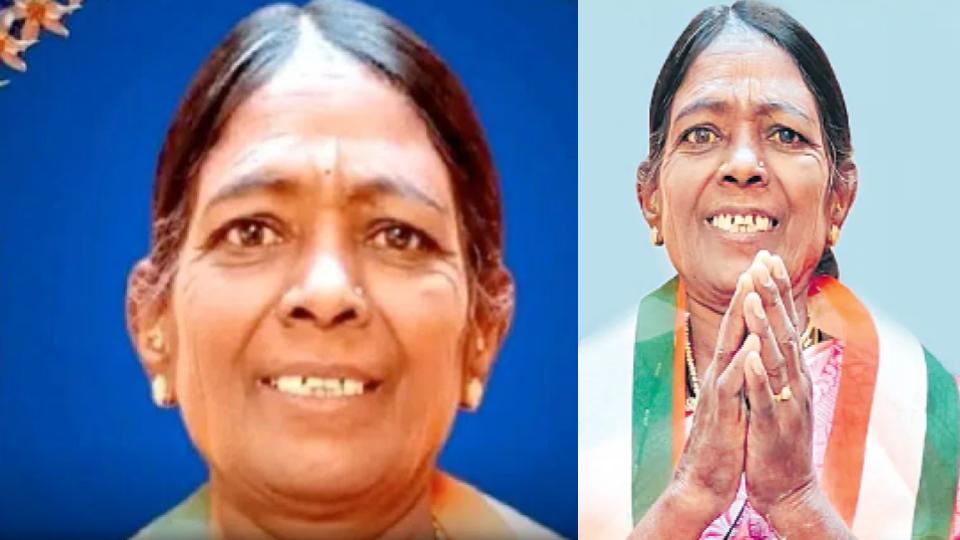
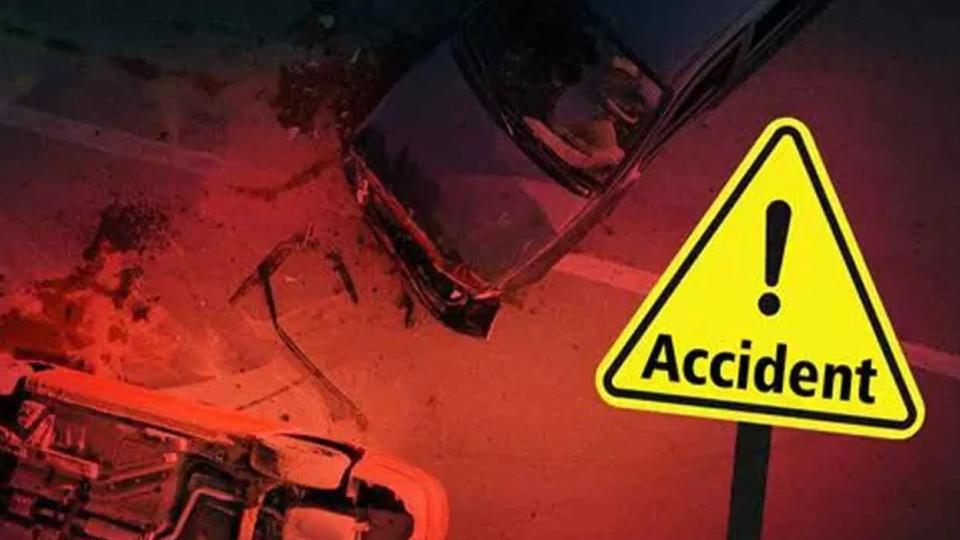
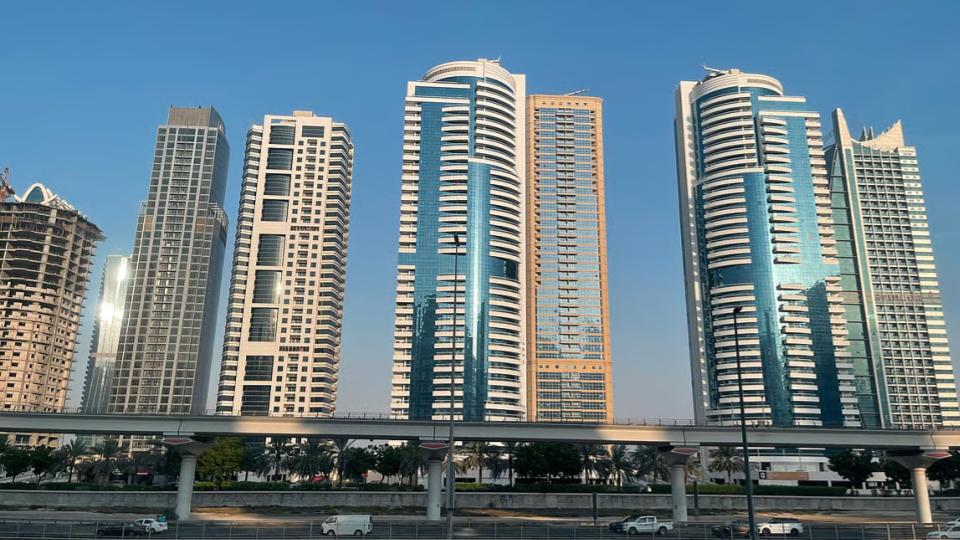

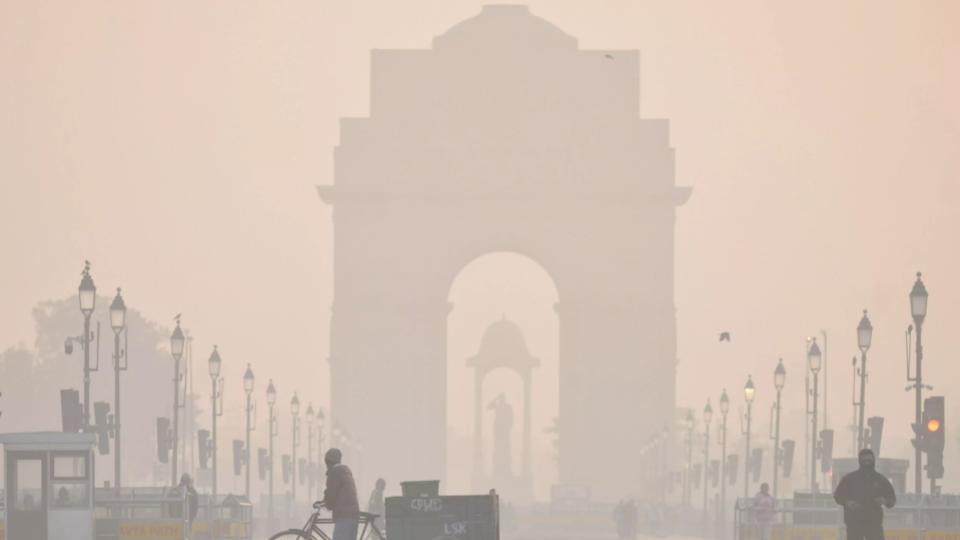












.jpg)
.jpg)
.jpg)


